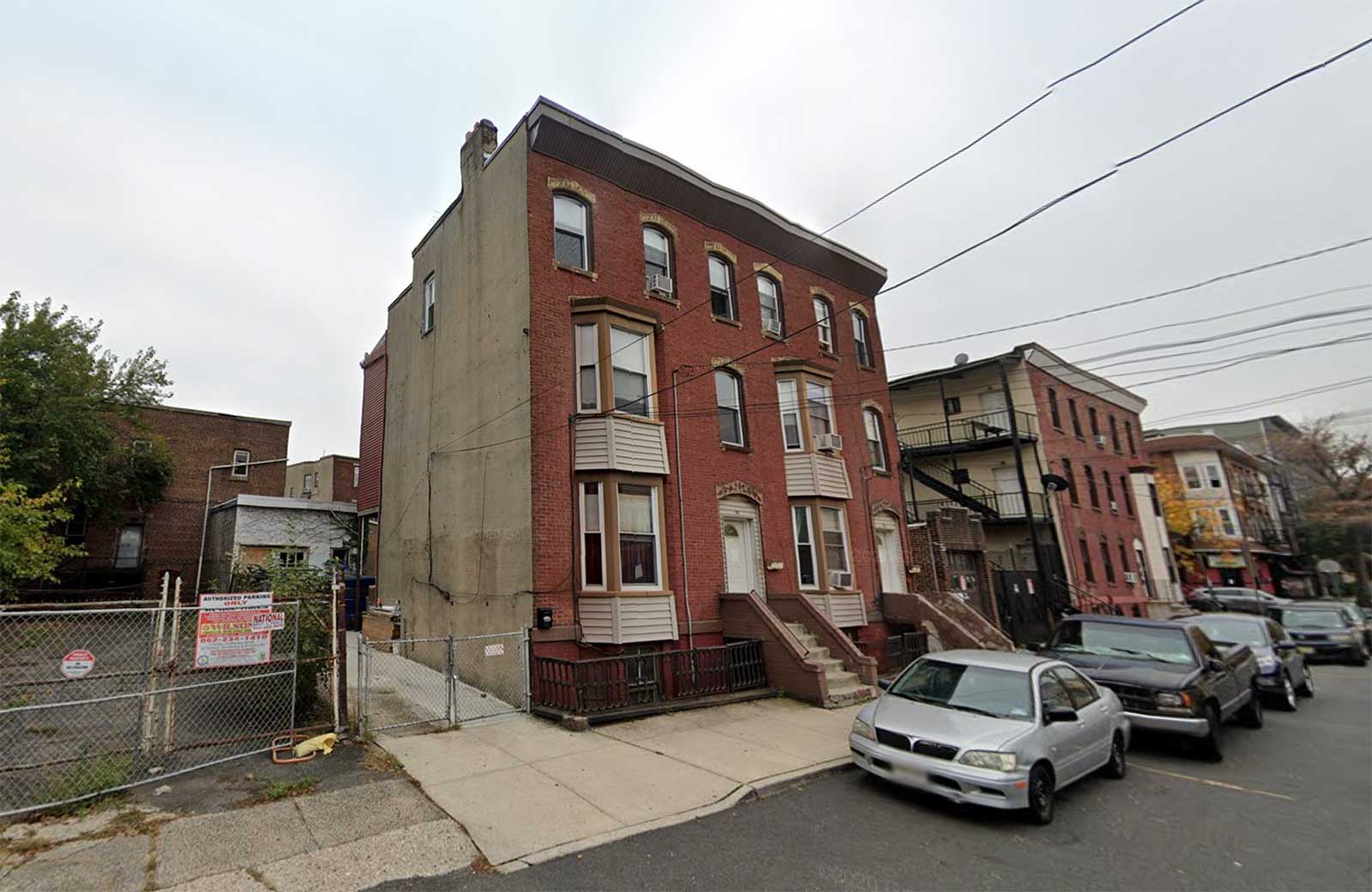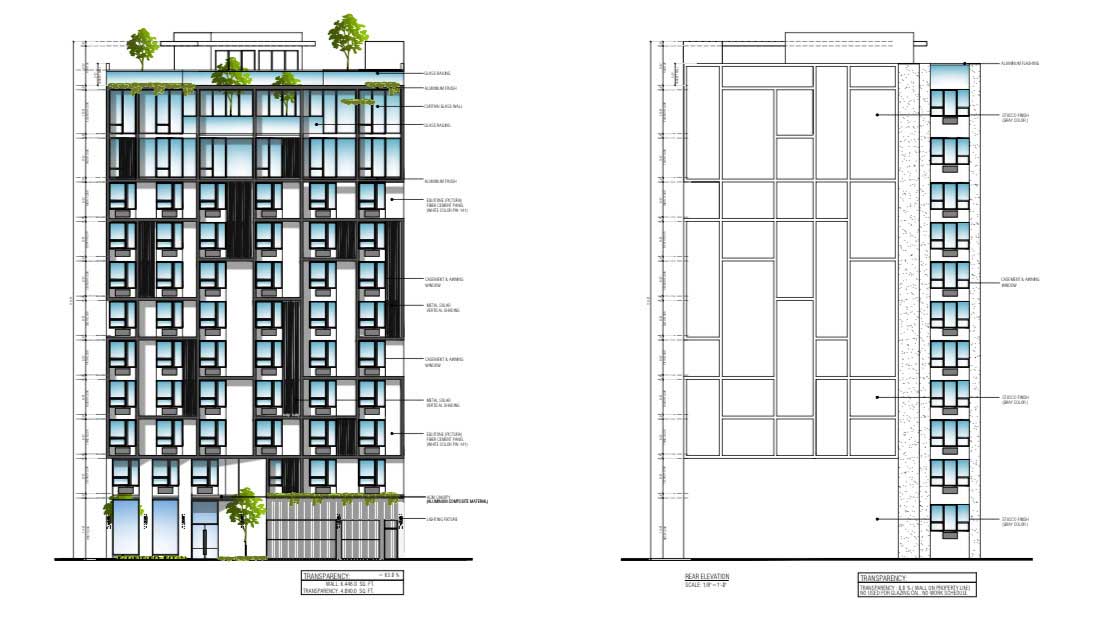
A developer is proposing to demolish a century-old row house in the Ironbound neighborhood of Newark to build an 11-story apartment tower that exceeds the maximum height allowed in the neighborhood.
The application to demolish 58-60 Bruen Street will go before the zoning board on Thursday, December 8th, to request a height variance, as well as seven other variances. East Ward residents, like Lisa Scorsolini, are upset over a recent siege of demolitions happening near Penn Station, two happening on Bruen Street alone in the past two years. The recent ground-up construction is a threat to the neighborhood’s history and out of character with the neighborhood, where three-story brick buildings predominate, Scorsolini said.
“The Ironbound is being destroyed,” said Lisa Scorsolini, a neighborhood resident since 2004.

The battle of the Ironbound began in 2017, when the city council passed an ordinance that rezoned a part of the neighborhood to allow for buildings as high as 20 stories. In 2019, PLANewark filed a lawsuit and won. However, despite community protest, the city council bulldozed ahead two years later and passed the so-called MX-3 again, this time with some modifications, lowering the maximum height allowed under the law.
Yet, even with the new zoning that allows for taller buildings, developers are still being approved for variances for heights that exceed the zoned limit. “They’re giving out variances like candy bars and it’s only making developers richer,” Scorsolini said. “I’m not against development, but the neighborhood and street can’t support that density.”
The fight between residents and the city council was the subject of the inaugural Pod & Market podcast, where a guest said the new development in the Ironbound is making the city less affordable and displacing longtime residents. “When you upzone to only allow market rate units, that actually drives up rent,” said Drew Curtis, senior equitable development manager at Ironbound Community Corporation. “Mayor Baraka even admitted that this MX-3 ordinance was going to raise property taxes and rents for Ironbound residents.”
The recent demolitions in the Ironbound often contribute to a loss of the city’s history — it was the nation’s jewelry capital during the turn of the last century. In 1907, the city had 178 jewelry companies that mostly centered around Mulberry Street and the Ironbound. It is believed that 90 percent of all the nation’s jewelry was made within the city’s borders. The earliest known silversmith was James Madison Durand, who had a factory at 49 Franklin Street, the current site of the downtown post office. Others local firms included Tiffany, Krementz, Shanley Jewelry Company, and Carter Hawkins & Dodd.
In 2011, Newark’s jewelry industry was the subject of an exhibition at the Ballantine House. “The Ironbound was full of the German families who were working in the jewelry factories,” Ulysses Grant Dietz, the former curator of the Ballantine House, told Jersey Digs. “There was also a great influx of Italians into the jewelry industry in the 20th century.”
The Zoning Board of Adjustment meets Thursday, December 9, at 6 p.m., on Zoom.


